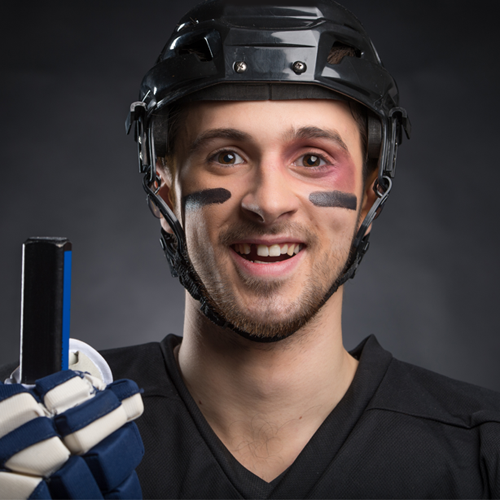
Your son is playing a championship game against the team he’s waited all season to play. The score is tied, and as the minutes wind down, the players have gotten more forceful in their actions. You blink, and all of a sudden your son is holding his mouth and a time-out has been called. You run down to him, and your mind is racing, “What happened? How hurt is he?” As you approach him, you see that in his hand he is holding an adult tooth that has been dislodged from the socket. As the sideline paramedics assess for signs of a concussion or hemorrhage you think, “Now what?”
The injury, and circumstances surrounding the injury may cloud your ability to choose your next action. You can rest assured knowing that when you mix today’s technology and the expertise you can expect from a coordinated team approach, the tooth’s fate is looking brighter already!
In the case of avulsion (when a tooth is out of the socket), the approach will most likely be a team effort. Your first course of action following the injury is to rinse off the tooth and try to place it back in the socket. If this is not possible, place the tooth in milk. If you’re expecting an injury like this (as a coach or school teacher etc. might), have Hank’s Balanced Salt Solution on hand to place the tooth in. Water should never be used to place the tooth in. Why milk? Milk maintains the correct fluid balance in the root of the dislodged tooth, which in turn increases the tooth’s chance of survival. Water causes the cells in the tooth to swell and die. If there is no option to place the tooth in any of the approved solutions, place the tooth in between the injured person’s cheek and gum to keep it moist.
After you have arrived at our office, it’s time for us to take over. The investigation phase begins. If a concussion or hemorrhage has not been ruled out, now is the time. When the coast is clear, it is time to move onto a gathering of both radiographic evidence of the injury and clinical documentation about the patient and the incident. From that extracted information, we can make a diagnosis and a subsequent treatment plan. As we mentioned before, depending on the type and severity of the injury, the process may involve a dental professional team.
The aim of treating a tooth trauma case is always to maintain or regain pulpal vitality in the affected tooth/teeth.
In the next few months we will cover other types of tooth injuries and treatments. Stay tuned!